Tree Watering
1. Type of soil plays a big part.
2. Clay vs Sandy.
3. No set standard on the amount or length of time to water bubblers and drip (recommendation bubblers).
4. Tree bubblers or drip irrigation should be in a separate zone for trees only.
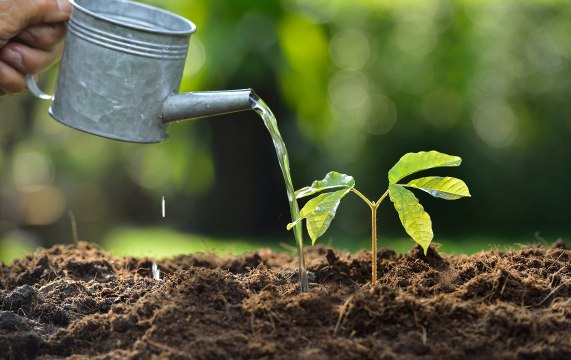
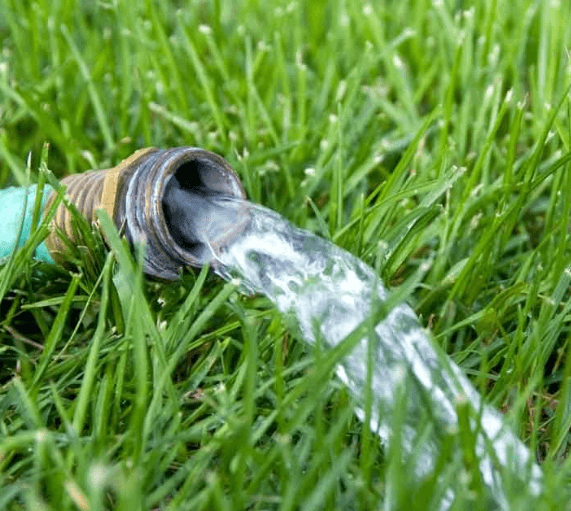
General Rule Of Thumb
Established trees:
1. Trees require deep, thorough watering to hydrate soils in the root zone.
2. Irrigation frequency depends on species, soil type, rainfall, temperature, drainage, and other factors.
3. The older and more established the tree, the less frequently it will need to be irrigated.
Newly planted trees:
1. Trees planted in spring or summer will require 2-3x/week watering during the summer heat.
2. Trees planted in fall will require less frequent watering during the cool season, around 1-2x/week, but no more than 1x/week while dormant.
3. Watering of new trees must wet the entire root ball.
How Long Should You Water?
1. Bubblers.
2. Adjustable flow rate.
3. Slow watering allows for water to soak into the ground.
4. Turn bubbler zone on. Get 1-gallon bucket, open bubbler 1/4 turn, and put it in bucket. Determine how long it takes to fill up 1-gallon bucket. Set timer to conform to gallons to water newly planted tree per above.
Note: Overwatering a tree will kill a tree, monitor and adjust time as necessary.
Sprayers For Sod And Bubblers
New turf may require watering 30 minutes twice a day for the first week then 2-3 times a week, then, after 3-6 weeks, once a week. Once your turf is established, it is best to water it well before noon, so it will dry off before evening.
To Check Water Output:
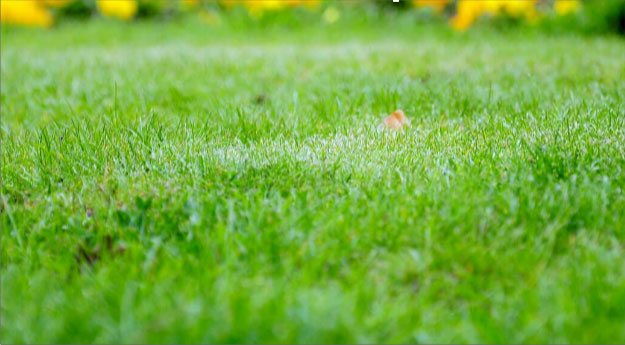
1. Turn the sprinkler head or system on for 30 minutes.
2. Measure and record the depth of water caught in 5 small cans.
3. Calculate the average depth of water from all the cans. For example, you have used five cans in your yard. The amount of water found in the cans was as follows: 0.5-inch, 0.4-inch, 0.6-inch, 0.4-inch, and 0.6-inch. Add the depths together and then divide by the number of cans you used (five in this case). 0.5-inch + 0.4-inch + 0.6-inch + 0.4-inch + 0.6-inch = 2.5-inches, 5 cans = 0.5-inch of water in 30 minutes.
4. Use a garden spade or a soil probe to determine how deeply the soil was wet during the 30-minute time period. The probe will easily push through wet soil but less easily into dry areas.
5. From the amount of water that was applied in the 30-minute cycle and the depth that it wet the soil, you can then determine how long the sprinkler must run to wet the soil to a depth of 6-inches. In this example, the system put out 0.5-inch of water in 30 minutes, wetting the soil 3-inches deep. Therefore, 1-inch of water will need to be applied to wet the soil to a depth of 6-inches, giving a total watering time of one hour.
6. In some soils, especially heavy clay, it is difficult to irrigate 6-inches deep.
7. Never apply water to the point of run-off. Water lost as run-off finds its way to sidewalks or cement gutters. If a sprinkler applies water faster than the soil can absorb it, stop irrigating until the surface dries and then resume watering.
Note : Bubblers will need to be adjusted during the initial new turf.
Identifying Distressed & Diseased Trees
Major Signs And Symptoms Of Tree Stress:
1. The appearance of abnormally small leaves.
2. Pale green coloration of leaves.
3. Unusually slow growth.
4. Premature development of fall leaf coloration.
5. Early leaf drop.
6. Dieback of twigs and branches.
7. Wilting of leaves and tender new growth.
8. Peeling bark.
9. Presence of fungi protruding from stems and branches.
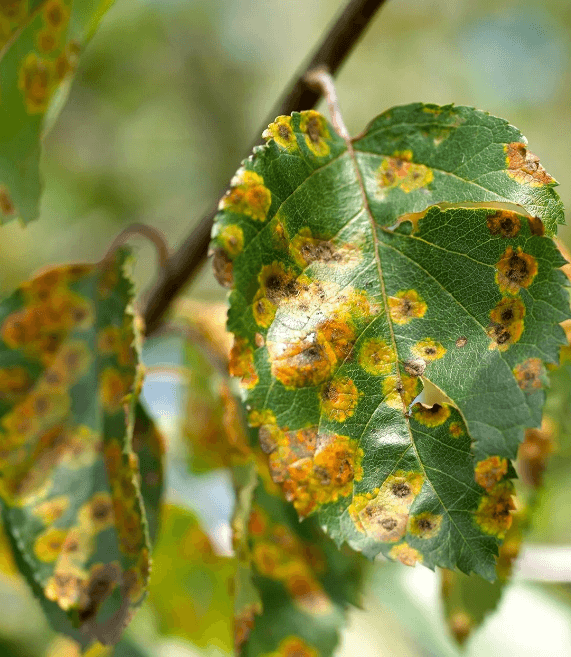
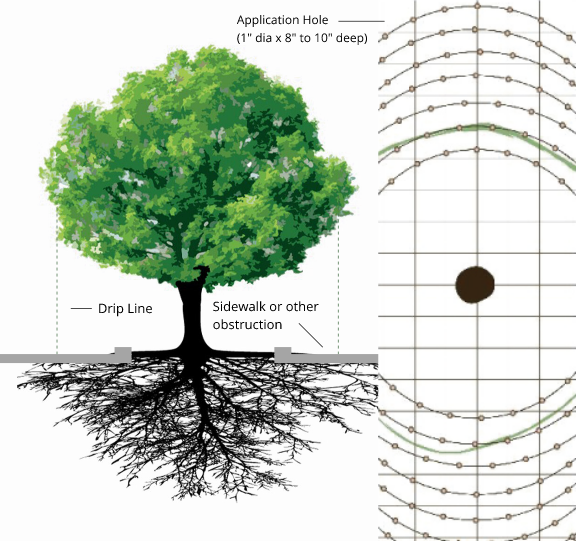
What Can TreeNewal Do For You?
Following proper preventative measures in conjunction with MitoGrow treatment will aid in the survival of your trees.
1. Use MitoGrow while planting new trees.
For Existing Trees:
1. 3-step process (Aeration, Fertilization, and Water-soluble Powder)
2. Proactive planning and protection.
3. Utilize proven products and techniques.
Ready For A Quote?
Click the button below to contact us and get started taking care of your trees.




